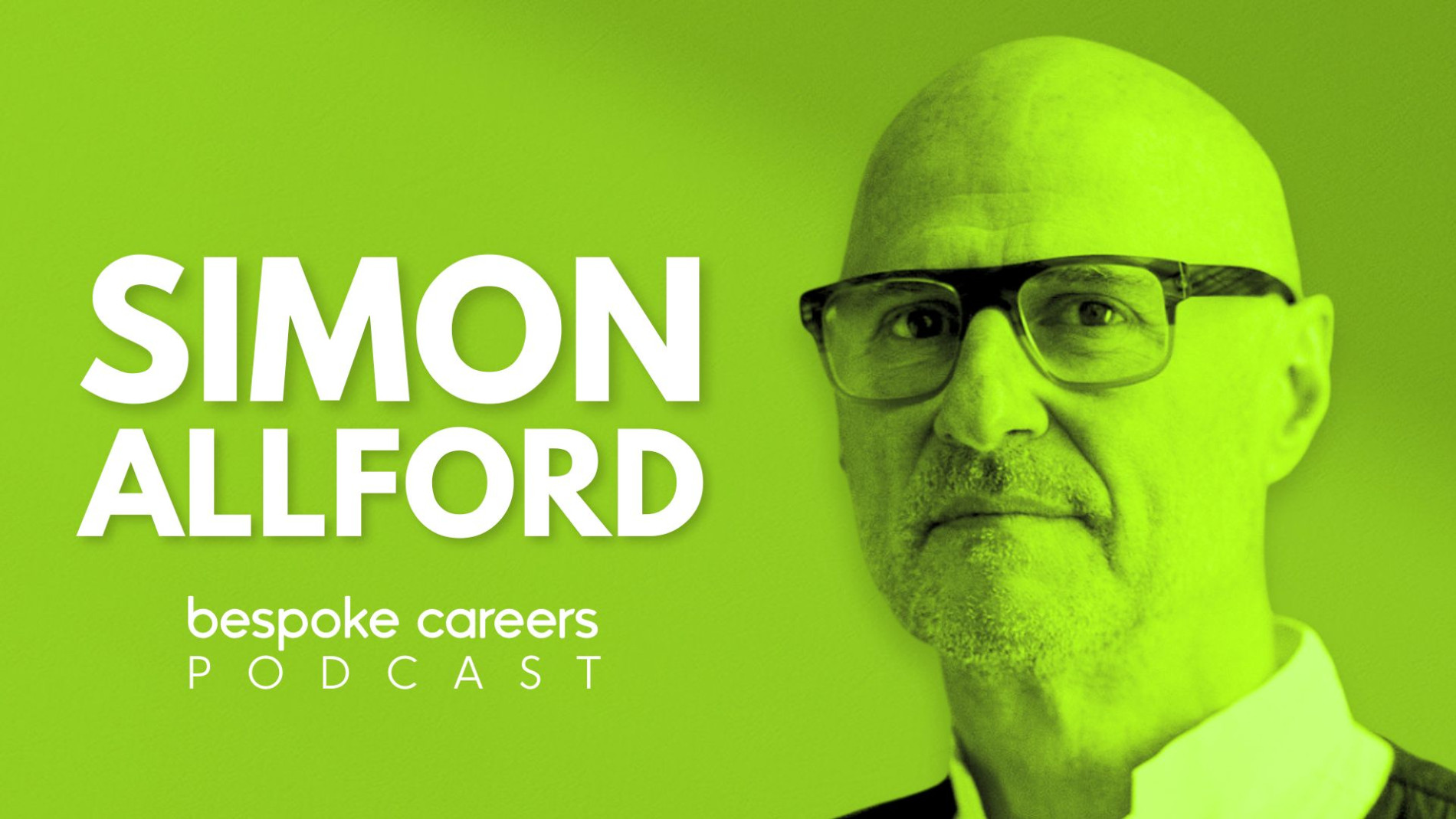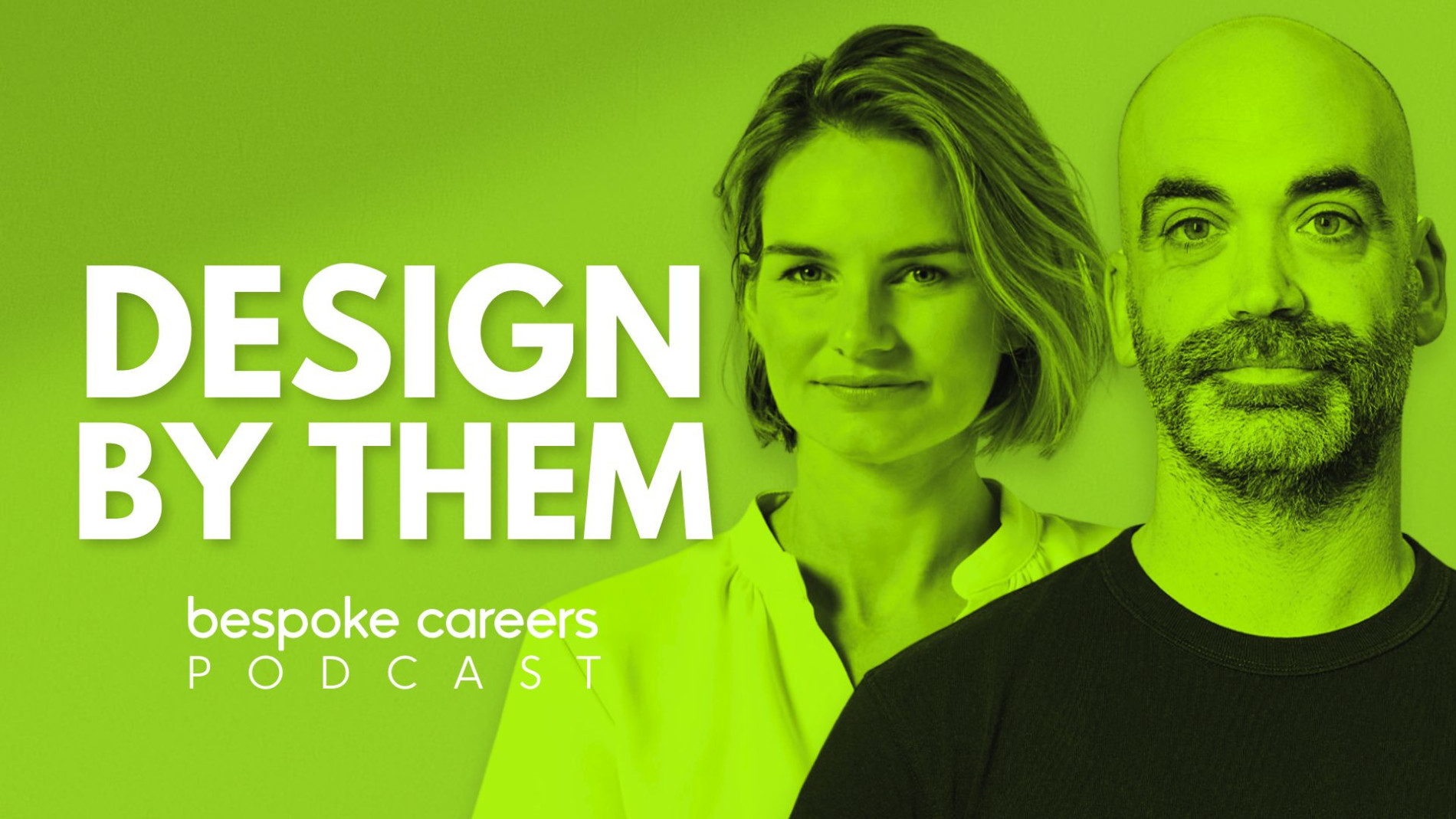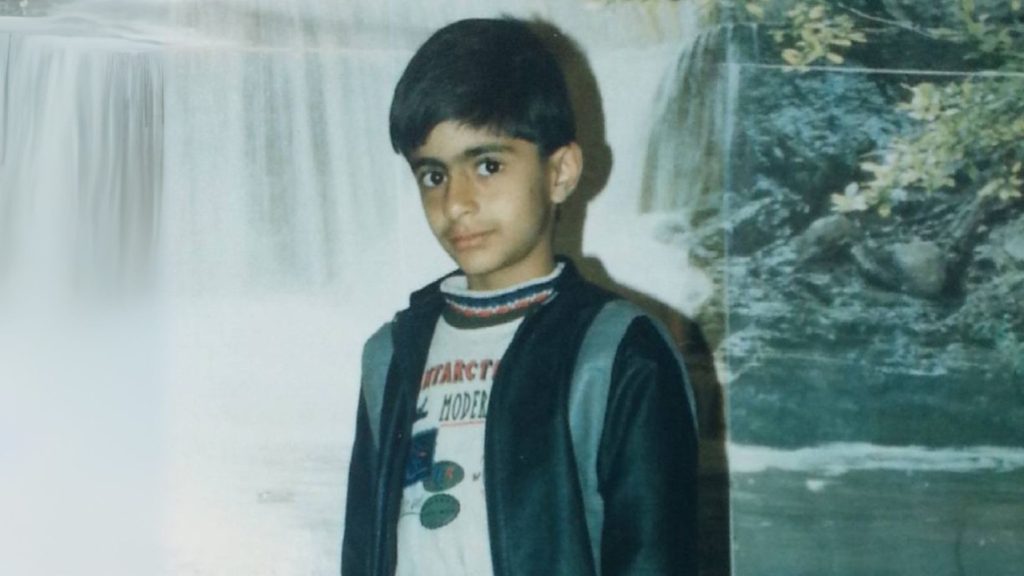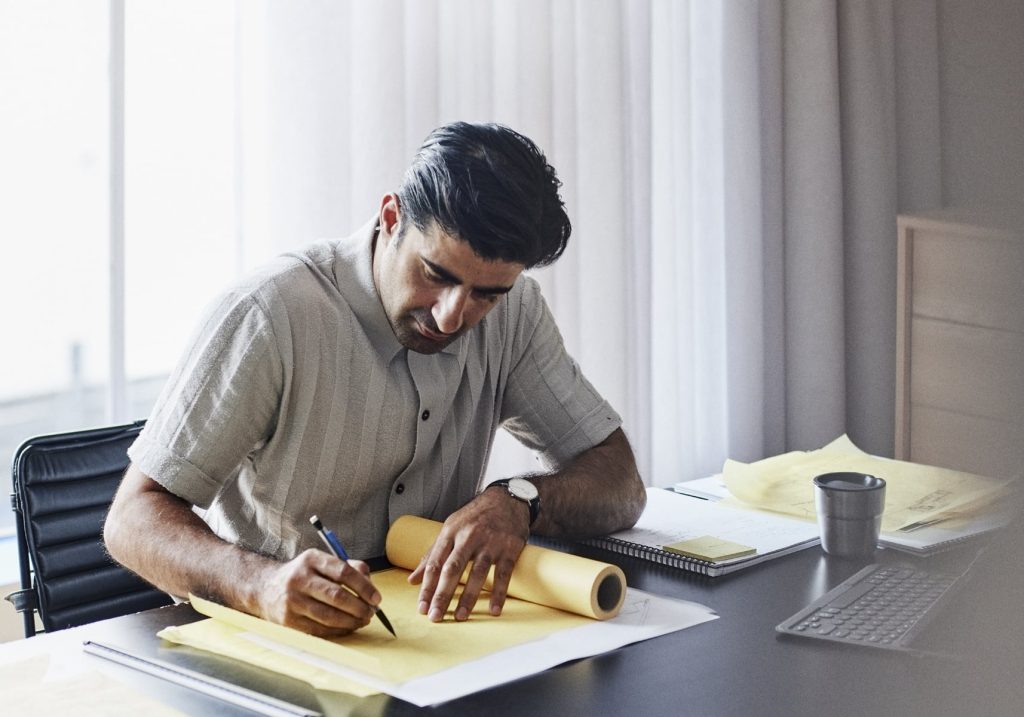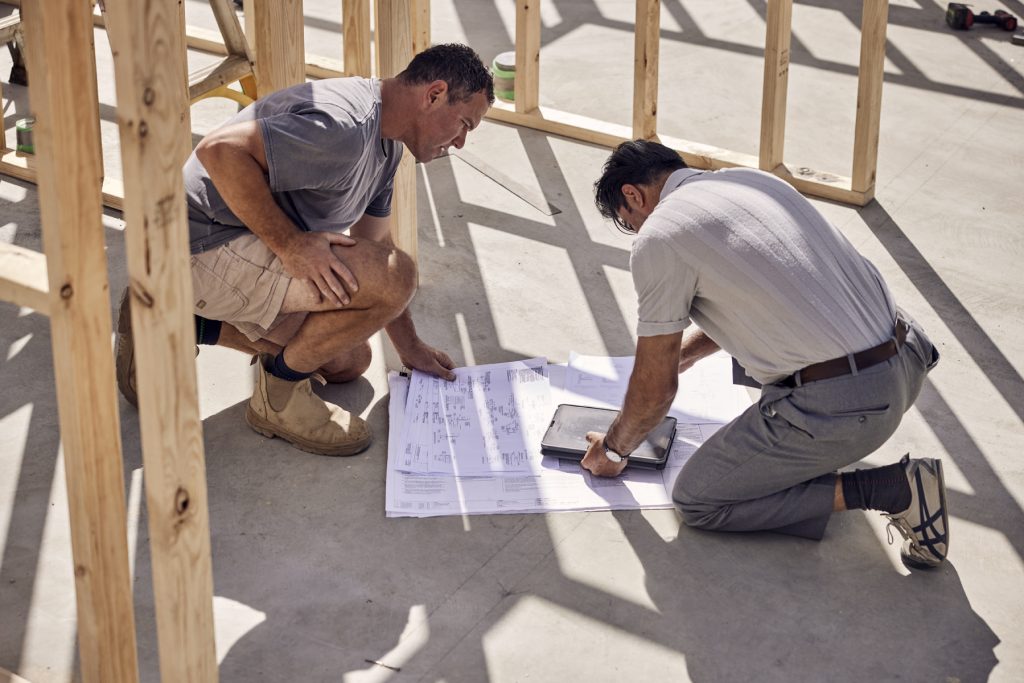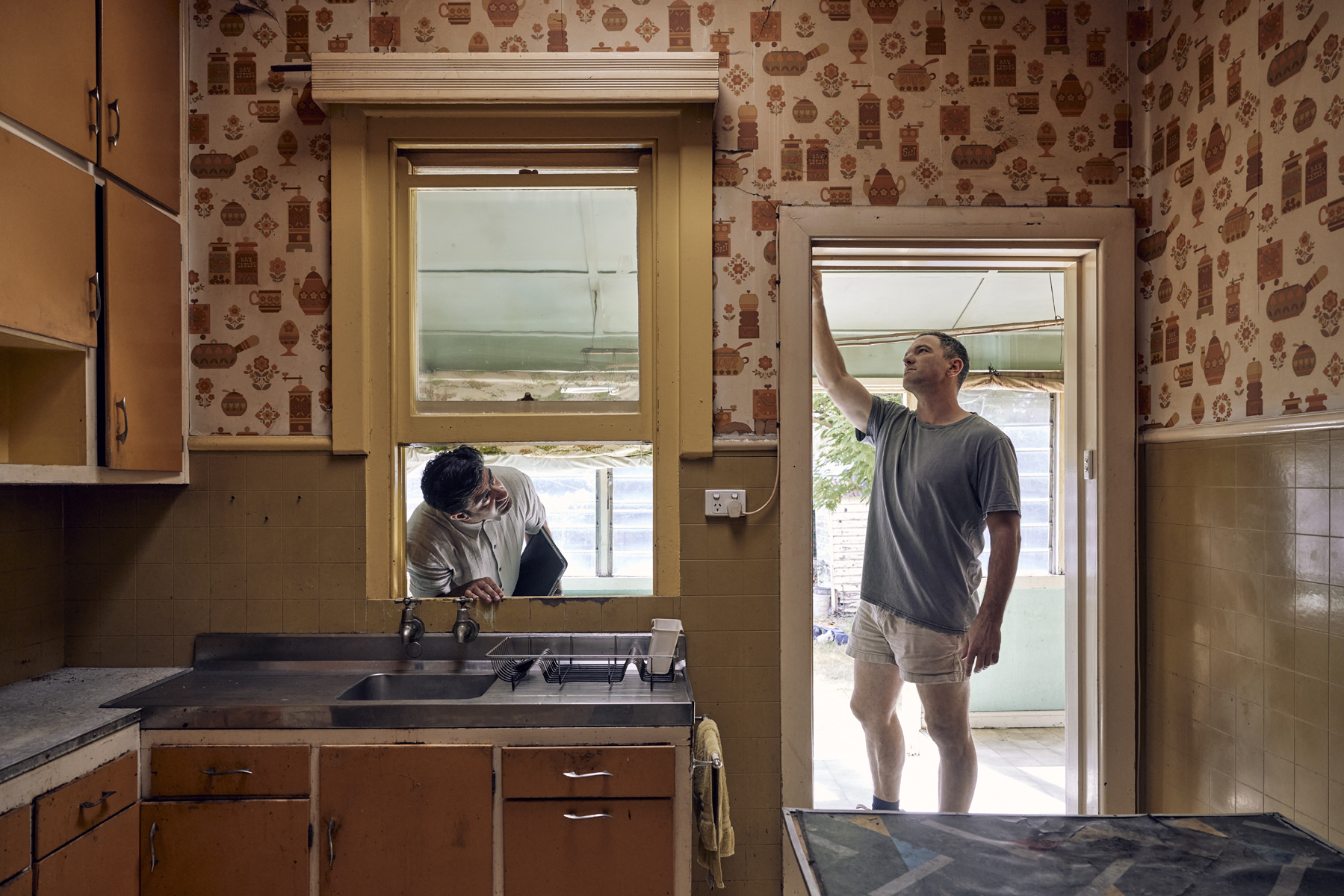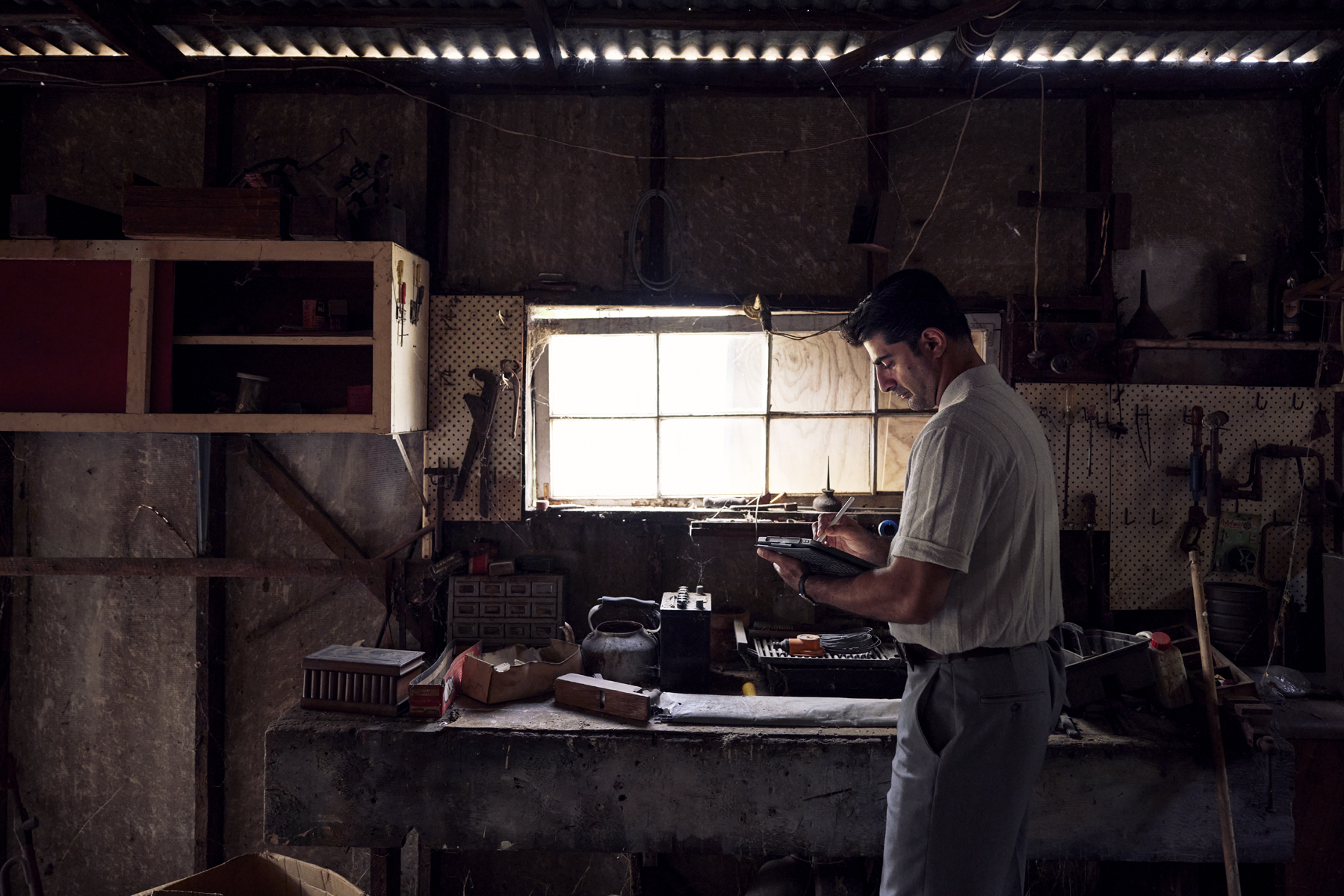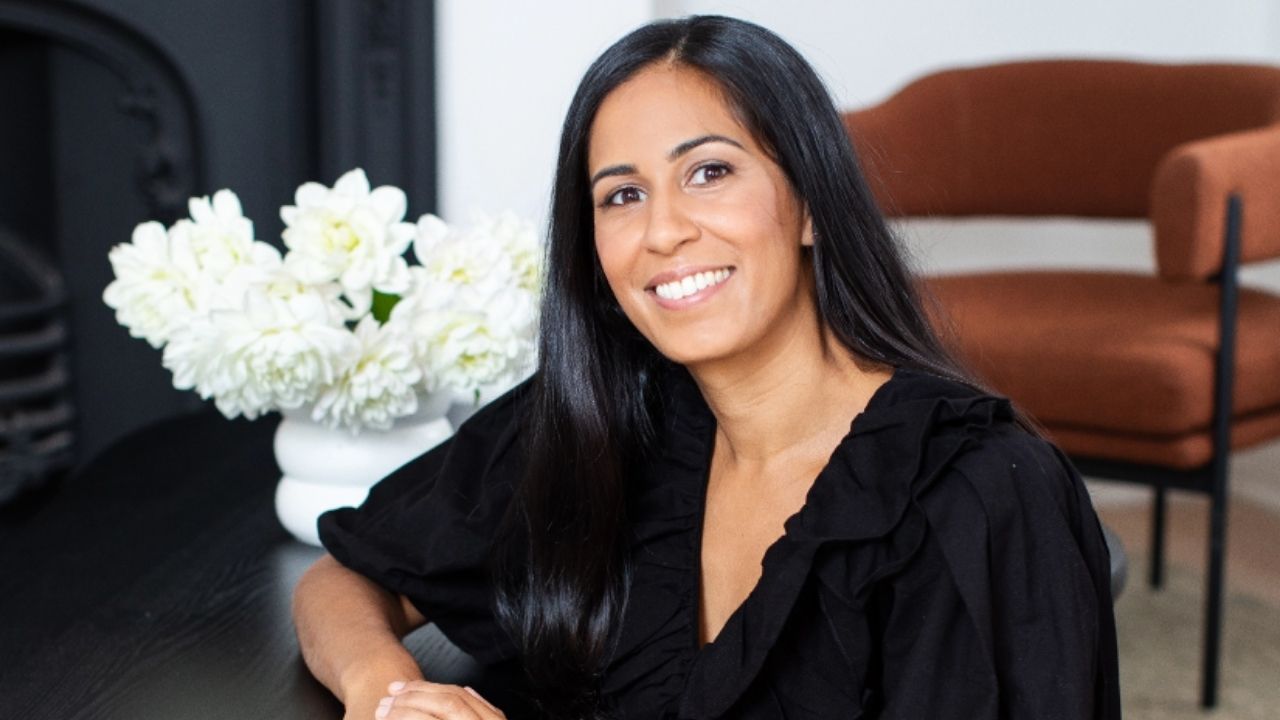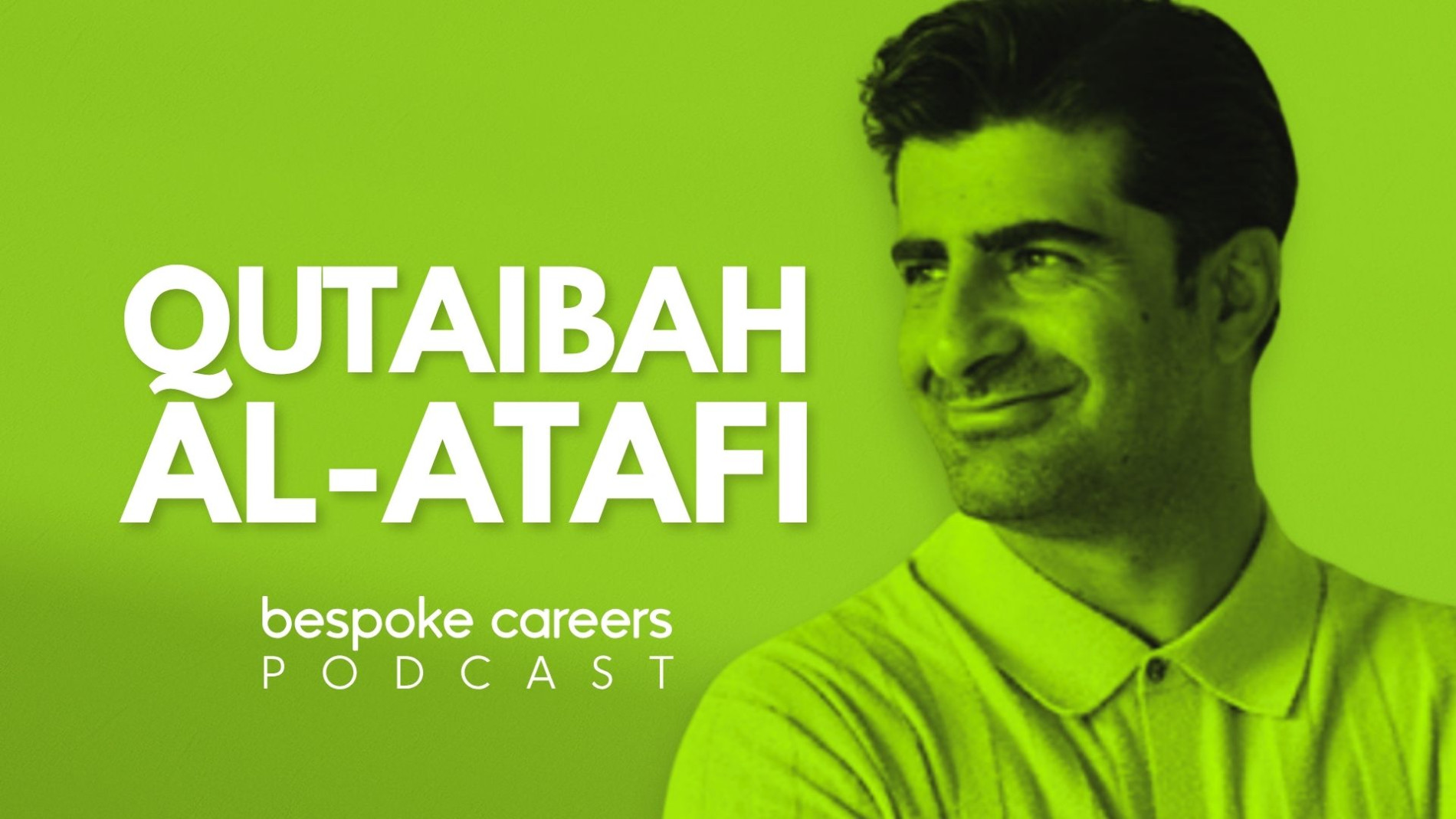
Qutaibah Al-Atafi on Balancing Cost, Quality, and Creativity in Architecture
Making architecture more accessible, more adaptable and more collaborative by rethinking how we build, who we serve and how we listen.
Fed up with the traditional way of procuring architecture, Qutaibah Al-Atafi joined forces with builder Ryan Underwood to create something different. And with Underwood, their Melbourne-based design-led design and build firm, that’s exactly what they’re doing.
Immigrating from Iraq and growing up in the outer suburbs of New Zealand, Qutaibah was left questioning why some places felt like home and others didn’t.
In this conversation, amongst other things, we discuss whether architecture is still worth it. With tight fees getting tighter, and AI rewriting the rules, what’s keeping architects going?
Why Architecture?
I feel we’re very lucky in architecture in a lot of ways. The outcome of what we do for a living can be tangible, you can feel it, smell it, touch it. There’s often a tension in architecture, which I personally enjoy. It could be form, it can be function, it’s probably a little bit of both. It could be beauty, it could be ugliness. It could be science, it could be art. And I enjoy working across these themes and trying to get that balance right.
A previous employer sent me a message a year or so ago. At that office, I had worked on a project where I co-led the documentation and design, right from the concept. It was an apartment building with some townhouses, and it took three or four years to complete. I left the office exactly when construction commenced. He sent me a photograph of the building, and people had just moved in. You could see their things, their lights inside. Suddenly, this thing that was a bunch of scribbles on paper was a very real thing where people live their lives in it and around it.
I don’t want to paint a rose-tinted view of architecture. It can be a slog; it can be very tough. But there are very few things in my personal human experience that give me the buzz, the adrenaline rush, or the excitement of driving past these completed projects or visiting them years after they’re done.
On his route into architecture…
I was always interested in how things get put together. I remember my father and I would go to the local library every Saturday and get books. I’d seek out books on how to draw. I was very interested in drawing. I was also really into Star Wars at the time and loved the cutaway books where you’d see the X-wing cut out, showing how it was put together. I’d draw my own little versions of that. Looking back, it was probably me as a child trying to deconstruct something, put it together, and make sure everything required to run this machine or structure was thought out.
I was born in Iraq, and my family fled during the first Gulf War. We settled in New Zealand, which was a beautiful place to bring up children. But I grew up in the outer suburbs, and that detail is important. I realised that urban planning and architecture have a huge impact on human beings. I really disliked living there. It felt like a purgatory space—not quite in the bush, where you’re among trees and bird song, but also not in the vibrancy and buzz of the city. It was a middle ground.
“Later in my career, as I started to read architectural texts, I came across Robin Boyd’s The Australian Ugliness. Having read that, I felt a sense of relief that it wasn’t just me feeling this isolation, this odd feeling of placelessness. I realised that the structures and the spaces in between them have an impact on people. That’s what really got me into architecture.”
On the importance of drawing and thoughts on AI
At first, you draw things that you see. The next step is to draw things that you think of. You can synthesise ideas using drawing. Drawing as a way of thinking is still very much relevant to our work. It’s a good way to be unencumbered by the limitations of software. I think of it as spinning many thought plates at once. There’s so much drawing that our clients don’t see. Maybe we should show them the scraps of paper and yellow trace that go into coming up with an outcome. While we want to curate a client’s experience, we should also invite them into the process a little bit.
When it comes to AI, I’ve never felt that burying your head in the sand is a good idea. People probably did that at the advent of CAD, to their detriment. I saw a funny meme about this: ‘I want AI to do my laundry and dishes, not my art.’ That sums it up. In our office, we use AI for menial tasks: transcribing meeting notes, summarising long reports. But we still draw by hand at the concept level. It’s horses for courses.
On drawing with clients…
Quite often, you go into a meeting and you are very hopefully very prepared. We are, we try to be. But despite best efforts, a client might ask a question and it may unravel something. As an architect, I think you must be able to adopt a nimble stance and respond accordingly. The skill of drawing live is important. We walk into a meeting with a client and have yellow trace to one side with the understanding that it is still a collaborative process, not just a one-way street.
There have been meetings where printed drawings and yellow traces both come out. We talk about it and we draw, and being able to draw live in front of a client skips a fair few emails. It demonstrates listening, actively listening and resolving a problem in real time can spark the genesis of an idea or solution.
On the design and build philosophy…
We pivoted to this way of working, design and build in one organization, in 2023. It started because we shared a dissatisfaction with the traditional way of procuring architecture. The traditional way, where the architect and builder are separate, is disjointed. It forces the architect to make a lot of assumptions very early on, which can have a huge impact on design outcomes, especially with buildability and cost control.
In past offices, despite all efforts to cost projects early, it was very difficult to get that level of expertise. There were lots of projects left unbuilt, lots of dissatisfied clients, and awkward phone calls. The old way of doing a square meter rate estimate at the beginning is just fraught. It’s a real luxury to have access to trusted trades and real-time advice. For example, we were working on a project where the council mandated stormwater discharge at the curb. The levels wouldn’t get us there, and we were looking at a $20,000 pump. I called our go-to plumber, and he gave us upfront advice. It would be very difficult for me to go back to the old ways of working where I had to make huge assumptions.
I do acknowledge that traditional design and construct has a bad rap. Like most things, stereotypes are there for a reason. It’s seen as very cost-driven and a compromise. This is different because it’s actually design-led design and build. There have been many times where I, the designer, would say, ‘If it’s not going to happen, that’s okay.’ But Ryan, the contractor, says, ‘No, let’s not give up on this. Let’s find a way.’ Working with a builder who appreciates design is essential. I can see now not everyone can do this. You need to work with the right people who are on the same path, regardless of their vocation or specialty.
We like to try to find a balanced approach. We ask ourselves constantly how our clients and projects can have the cake and eat it too. It’s not a zero-sum game. We see the challenge as an opportunity, and we back ourselves. We feel we can design our way out of most things. We try to do a lot with less and focus on high-impact things. We critically ask, does that bit really need to be custom? Are there readymade alternatives that can be integrated? We try not to fall in love with the initial designs. Allowing the process to be flexible is really important, even though it’s very seductive especially when you’ve come up with a beautiful, elegant solution. The process should allow for flexibility. Each project has non-negotiables, but the rest can be achieved provided the intent is met.
On adaptability and mutual respect…
The stereotypical architect walks onto site with dark shades on and just points, but most architects aren’t like that. I have a huge respect for trades and contractors and site managers. I can see the stress they’re under and the level of craft and interpretation from drawings. In our organisation, our construction team also has mutual respect for our design team. We want to achieve similar things. For example, we’ve got a project currently on site and the site manager in the construction team took it upon himself to mark up our reflected ceiling plan and said, ‘I can actually increase ceiling heights here, cost neutral.’ I thought that was really good. The design and build process allows for adaptability to take place. Our design and construction parts work in parallel, sharing organisational values and having check-ins throughout all design phases. It’s not just a handover; it’s constant peer review, buildability, and costing at every phase.
On advice for young architects…
I honestly think site experience is so important for young architects. I recall doing my registration class to become a licensed architect. The tutor asked, ‘You’ve received the client brief, and they’ve signed the proposal. What’s the very first thing you do?’ There was a stark contrast between people who had site experience and those who hadn’t. I’m empathetic to the fact that many young architects don’t have that opportunity and are stuck behind a desk, working on documentation. But you must seek out site experience where possible. It’s a no-brainer. Understanding how things go together, having empathy for the trades, and seeing how your lines on a drawing translate into reality are invaluable.
On reimagining education and the role of an architect…
There’s a local push to reimagine the education of an architect, more like an apprenticeship rather than the five-year degree it currently is in Australia. Historically, architects learned on the job, on site. I personally loved university, but I wonder if universities are better at creating academics than the professionals society needs today. There’s probably room for both.
Architects shouldn’t think of themselves as only ever being architects. A friend of mine said too many architects are obsessed with being the ‘architect’s architect.’ But architects can and should explore using their skill set in other ways, becoming city makers, design managers, project managers, consultants, urban designers, public servants, or even politicians.
On always learning: the universal practitioner…
In order to be a competent architect, it’s always important to remain curious and to learn new things. I see a lot of architects who, once they get there, act as if they know everything. I think you must always be learning. At university, I studied the works of Leon Battista Alberti, who was a polymath. His concept of ‘homo universalis’ was that the architect should know a little bit about lots of different topics to really be an architect. Obviously, specialists have the detailed technical knowledge, but as an architect you need to be across the broader concept of lots of fields. Sadly, I think architecture dropped the ball a bit here. Maybe it’s because of tight fees, but architects are almost like P.O. boxes for consultants. We have the responsibility, but we need to grab it by the horns and play an active role. To do that, we need to know other things.
On sustainable design and passive house…
I did an energy assessor’s course during the lockdown. Australia’s operational energy requirements for code have a rating from 1 to 10, one being terrible and 10 being uses very little energy. I just wanted to understand this rather than just receive the report. In doing that, I uncovered a fairly glaring issue: in Australia, the energy rating of a dwelling is theoretical only; it’s not verified onsite as built. As a client, you think you’re paying for a certain performance. Passive House is different. It’s verified during design by a certifier and in construction through evidence. At the end, it’s tested for air tightness. That’s what drew me to it.
I believe in genuine progress over perfection. 72% of housing in Australia is rate two stars or less. Should we demo everything and build new for net zero? There’s the cost, and embodied energy matters too. Incremental improvement is necessary, and if you’re going to build right, build once. Using our skills to think bigger, designing for multigenerational living or aging in place is just as important as detailing an airtight envelope. Solve shelter first, then upgrade insulation and windows.
On educating clients about sustainability…
Some clients are really interested in this world. I had a client come to us who introduced us to high performance windows; they were more across it than many in the Australian market, which is still catching up to Europe. But the vast majority of our clients rely on us to educate them. It’s important to do so respectfully, not patronizingly, and to look out for their interests. Numbers and figures convince people; real-world payback periods are important.
On lessons learned and advice for architects…
My career’s been a bit of adaptation. I think one of the main things is to always have a goal, whether it’s for the year, the day, or the time you’re at your desk or on site. But you need to be nimble because life throws curveballs. Surround yourself with passionate, competent people at work. It’s a privilege to talk design with my colleagues and with Ryan the builder. People who will fill your cup with passion and interests really help in the peaks and troughs of architecture. Allow people around you to be critical of your ideas. Don’t let your ego get in the way. Make space for quieter people in the room. Sometimes people need time to think and come back with input.
On mentorship…
Listen to older architects. My first job in Melbourne, my employers came from a design and build background and then became traditional architects. Their documentation was the benchmark, efficient for site, allowing for flexibility. They have become lifelong friends and mentors. Once a year, a group of us meet and talk about their gripes with the industry. I just shut up and listen. I’ve learned more in those sessions than in five years of practice. Listen to older people, listen critically, they’re not always right, but wisdom is important.
I don’t think I’d be here at this level in my career without having mentors, inside and outside the industry. Also, it’s important to pass down knowledge to younger people. Don’t make carbon copies; give them tools and let them come up with their own ideas.
On leaving a job…
I would highly recommend always trying to leave with a really good handshake. The industry is small, so foster relationships. Past employers become friends and mentors. Sometimes they’ll text or call with questions, and I’ll go to them as well. It’s crucial to have mentors and be mentored and surround yourself with a good team.
Closing thoughts, and the future of underwood…
We’re definitely a product of our environment. In terms of how that’s impacted my career, it’s made me want to make architecture a lot more accessible to a lot more people. The common criticism with architects is that it can be fairly elitist, both in terms of who the industry services and who it appeals to. Making architecture available to more people is what drives me. That probably comes from my upbringing and experiences in the outer suburbs.
It’s about balancing smaller projects and budgets versus higher value projects and keeping consistency in process and services. One of the really big things we’re excited about is prefabrication. It’s very compatible with design-led design and build. Most industries have increased productivity with technological advances, except for construction, which is going backwards. In Australia, housing supply isn’t keeping up, and productivity is declining. Prefabrication addresses that. Ultimately, we’re trying to make architecture more accessible to a raft of clients and people who wouldn’t have considered using an architect, and to innovate constantly and be open to new ways of doing things. Being a younger organisation, we can do that better than more established practices or builders.

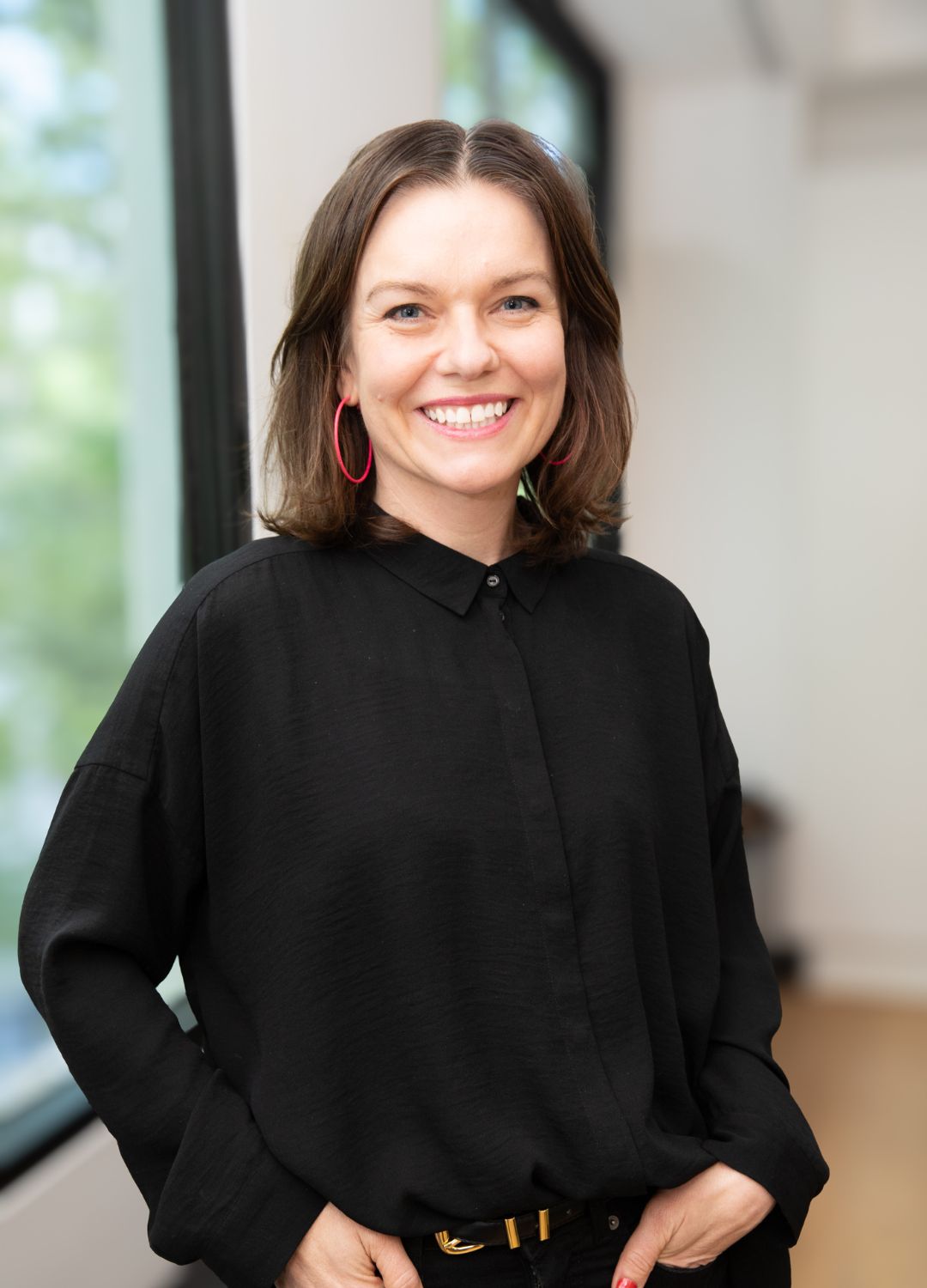
Looking to hire top talent
 or advance your career? Let's talk.
or advance your career? Let's talk.
We connect exceptional firms with talented professionals.
Let’s discuss how we can help you achieve your goals. Get in touch with the team today.
Related Posts

When a prospective candidate Googles your firm, what do they see? While architecture and design firms generally understand the importance of optimising their websites to appeal to potential clients, they often overlook the importance of doing the same to attract new hires.
From studying at Yale to leading global megaprojects like Changi Airport and Hudson Yards, Forth shares what’s changed in the profession, why architecture is a service business, and how to lead without losing the joy in design.
A wide ranging conversation with the AHMM co founder on growing up around architecture, starting a practice early, surviving the first five years, building a collaborative studio, and arguing consistently for architecture as a cultural project rather than a professional service.
